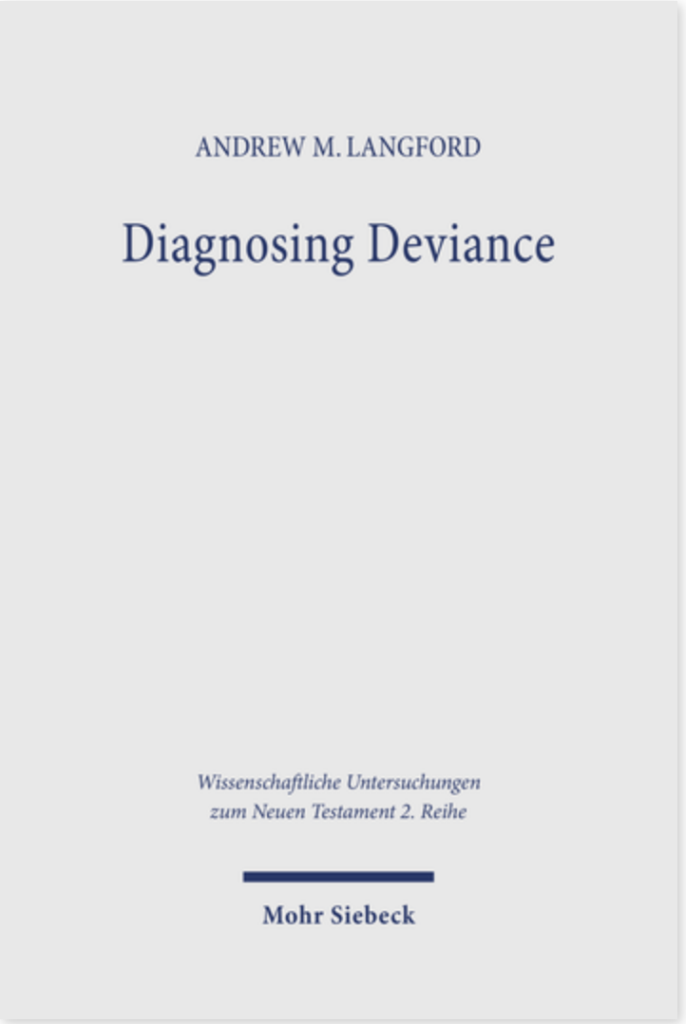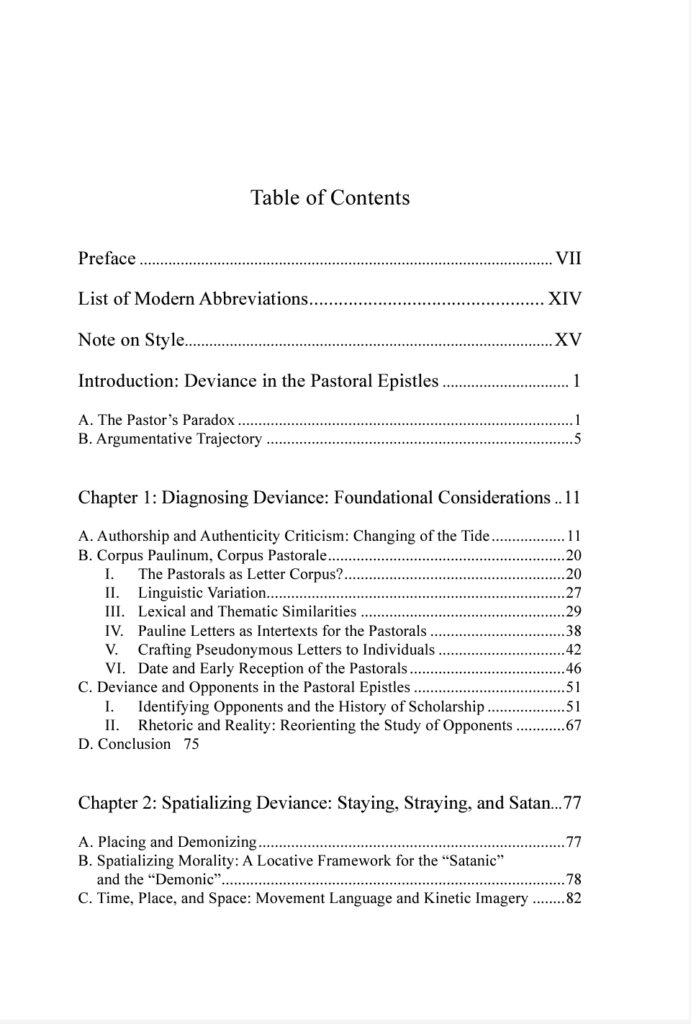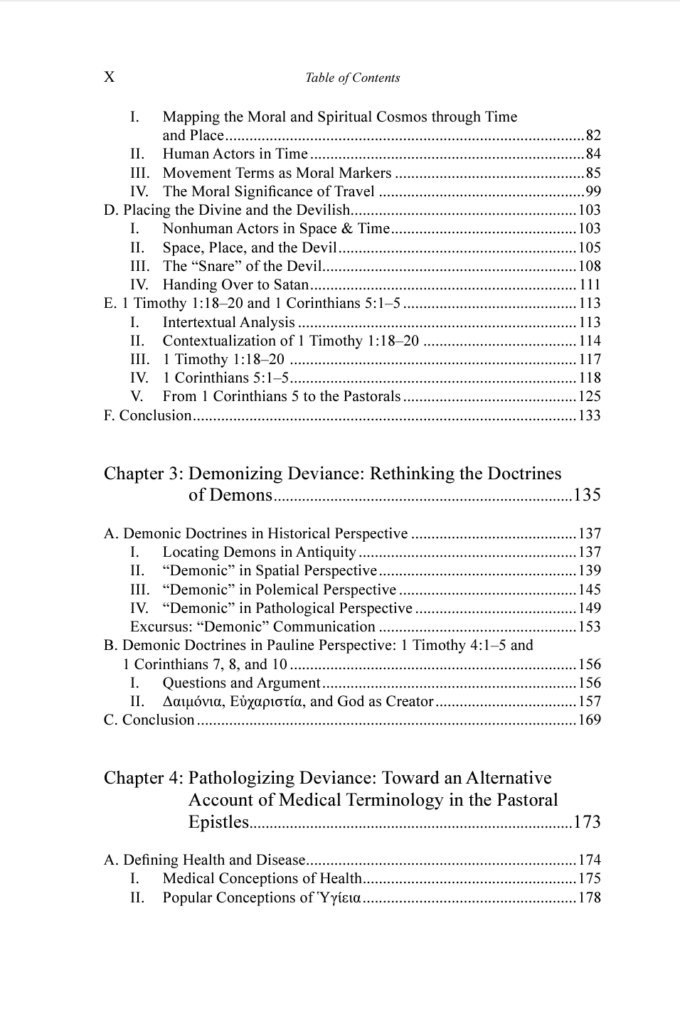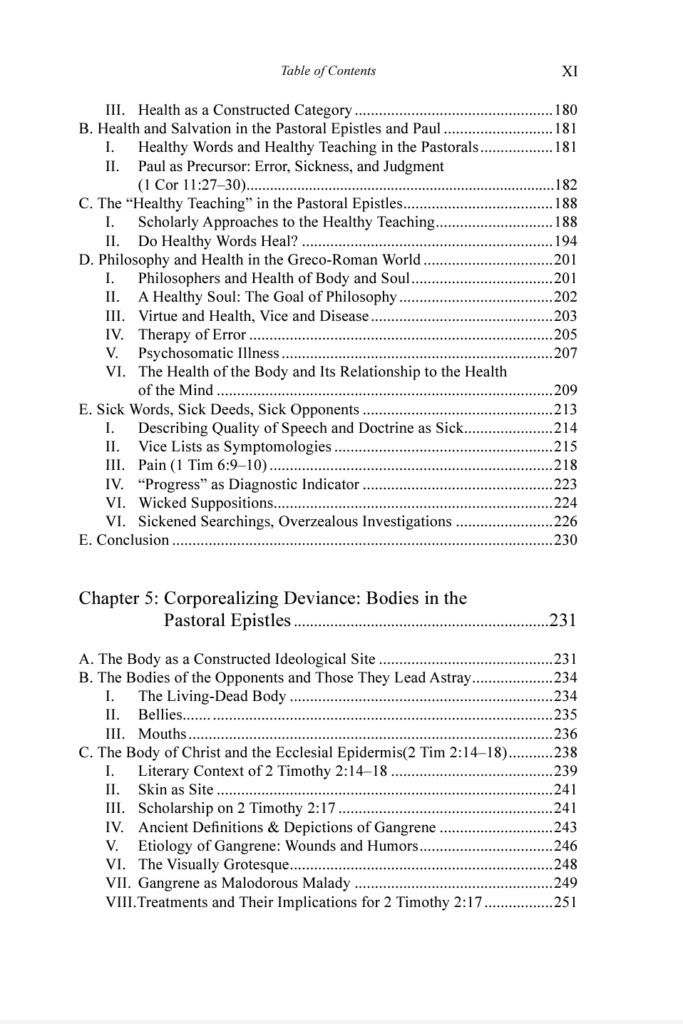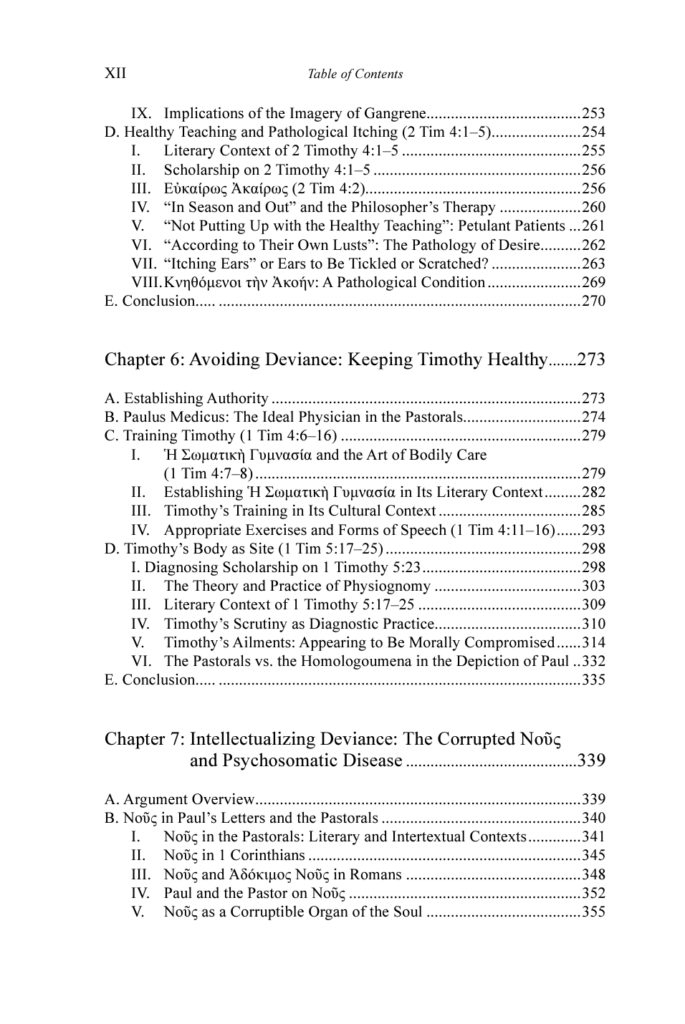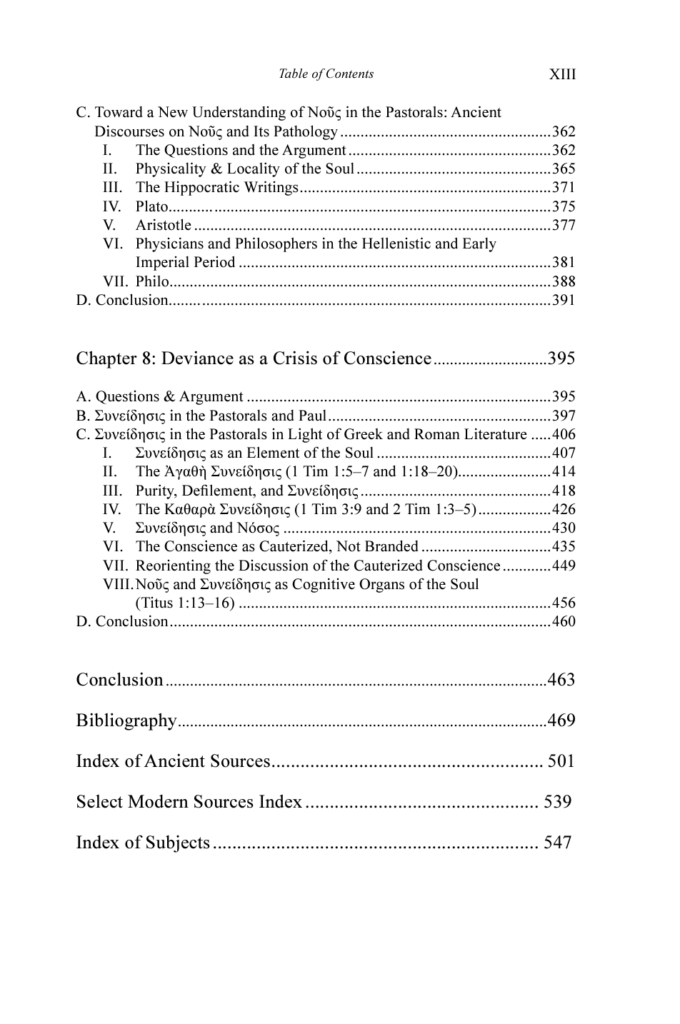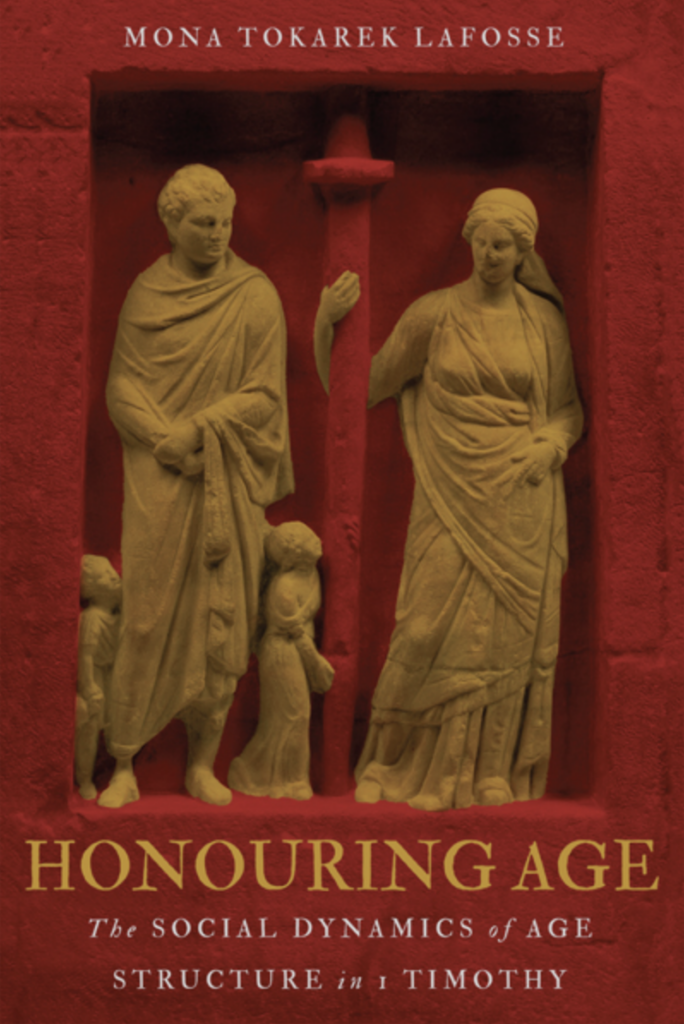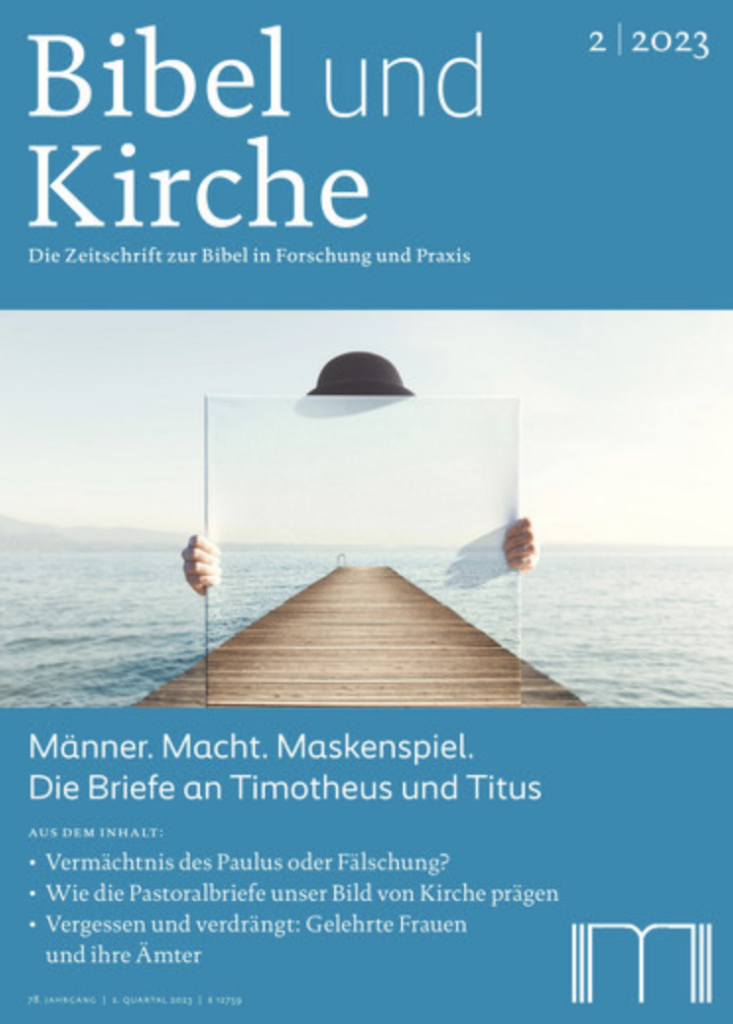I received word recently of two new Pastorals publications by Stefan Krauter and, given the volume of work he is producing, thought it might be helpful to provide a vignette of Krauter and his recent publications in the letters. One of the purposes of pastoralepistles.com is keeping researchers in the letters apprised of scholarly work being done in the Pastorals.
Stefan Krauter (PhD, University of Tübingen) serves as a professor of New Testament at the Univerisity of Zurich. His faculty page indicates that in addition to a research focus on the Pauline corpus, he devotes attention to the examination of the New Testament writings in their relationships to the Greek and Latin literature of the early imperial period and the interpretation of the Pauline letters in the 16th century.
Krauter has been commissioned to produce the commentary on the Pastoral Epistles in the Handbuch zum Neuen Testament to replace the hoary Die Pastoralbriefe of Martin Dibelius. Dibelius’s influential volume was originally published in 1913 as Die Briefe des Apostels Paulus. An Timotheus I, II an Titus, and saw its fourth edition in 1966, revised by Hans Conzelmann, then translated into English as The Pastoral Epistles in the Hermeneia series in 1972. Krauter’s replacement volume will thus come over a century after Dibelius’s first edition, and over fifty years after the Hermeneia volume.
Krauter’s research for this volume has produced a spate of recent publications, and more are forthcoming. At this point, I am aware of the following:
“‘All Things Bright and Beautiful’: La théologie de la création dans 1 Timothée.” Revue de théologie et de philosophie 155 (2023).
“Auf den zweiten Blick: Eine Hinführung zu den Pastoralbriefen.” Bibel und Kirche 78.2 (2023)
“Cretan Memories: Crete in the Letter to Titus and the Acts of Titus.” Early Christianity 13 (2022): 455–67.
“Exilliteratur und die Gattung des Zweiten Timotheusbriefes.” Revue Biblique 129 (2022): 183–98.
“Ein Geist der Besonnenheit? Σωφρονισμός in 2Tim 1,7.” Zeitschrift für die neutestamentliche Wissenschaft 114.1 (2023): 123–36.
“Geistlose Briefe? Πνεῦμα in den Timotheusbriefen und im Titusbrief.” In Geist | Ruach | Pneuma | Spiritus. Exegetische, theologische, religionsgeschichtliche und phänomenologische Perspektiven. Edited by R. Feldmeier, J. Frey, and B. Schliesser. Wissenschaftliche Untersuchungen zum Neuen Testament. Tübingen: Mohr Siebeck, forthcoming.
“Genderrollen in den Pastoralbriefen: ein Experiment mit verschiedenen Lesestrategien.” Theologische Literaturzeitung 146.5 (2021): 375–88.
“Ich weiß, wem ich mein Depositum anvertraut habe (2 Tim 1,12).” Biblische Zeitschrift 68 (2024).
“Die Kirche – Pfeiler und Fundament der Wahrheit? Zur Übersetzung und Auslegung von I Tim 3,15f.” Theologische Zeitschrift 77.1 (2021): 45–59.
“The Lord be with your spirit (2 Tim 4:22a).” Revue Biblique 130 (2023).
“The Pastoral Epistles and the Jewish Paul.” Pages 139–156 in Reception of Paul during the First Two Centuries: Exploration of the Jewish Matrix of Early Christianity. Edited by František Ábel. Lanham, MD: Lexington Books/Fortress Academic, 2023.
“Die Pastoralbriefe im Dienst reformatorischer und antireformatorischer Polemik bei Caspar Cruciger dem Älteren und Ambrosius Catharinus.” Pages 247–68 in Reformatorische Paulusauslegungen. Edited by Stefan Krauter and Manuel Nägele. History of Biblical Exegesis 5. Tübingen: Mohr Siebeck, 2023.
“In Würde altern: Tit 2 und antike Vorstellungen vom Alter.” Theologische Zeitschrift 79.2 (2023): 146–65.
“Zwischen Oikos und Polis: Die Gemeinde und ihre Gemeindeversammlung in den Pastoralbriefen.” in Qahal und Ekklesia: Typen und Funktionen von Versammlungen im Alten und Neuen Testament und ihren Umwelten. Edited by Joachim J. Krauter, Stefan Krauter, and Wolfgang Oswald. Studies in Cultural Contexts of the Bible. Leiden: Brill, 2024.

